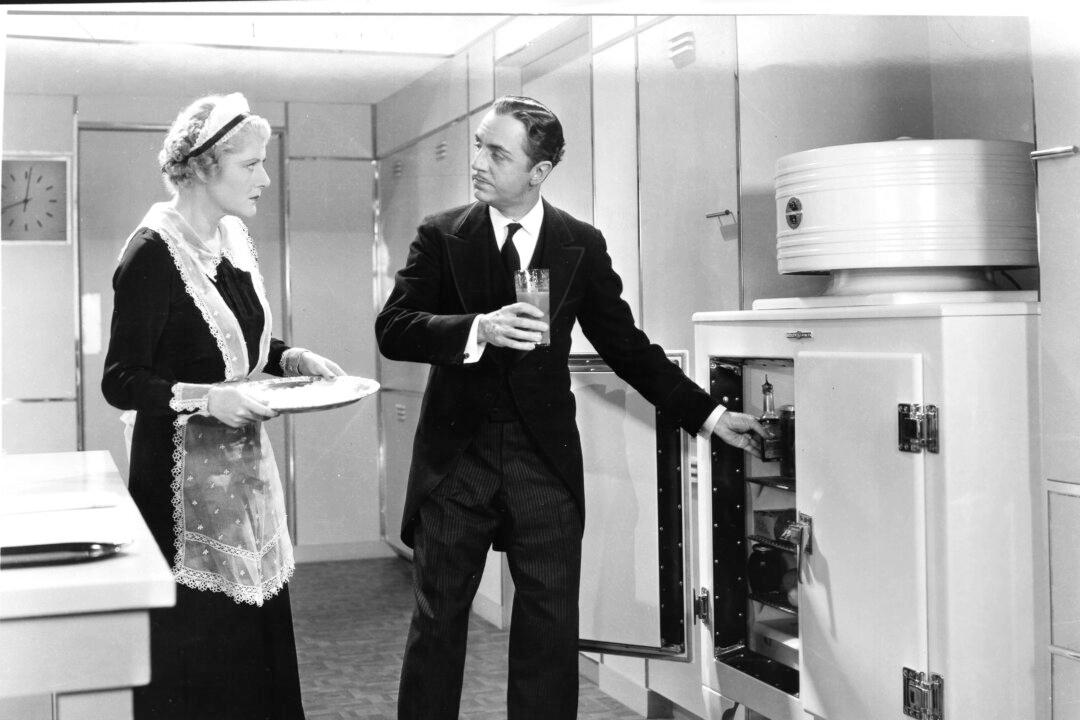How much can a country change in 20 years? While two decades of peace and prosperity might see little change, other decades might witness huge changes after war or revolution. By watching classic movies, we can clearly see how American society changed during the early to mid-20th century— especially through the lens of an original film and a remake produced 20 years later.
“My Man Godfrey” was originally made in 1936 with William Powell and Carole Lombard and was remade in 1957 with David Niven and June Allyson. While the script and premise of a remake are similar to the original, shifts in the motion picture industry affected the style. Sophisticated romances and screwball comedies of the 1930s and early 1940s were remade as musicals in the mid-1950s.






